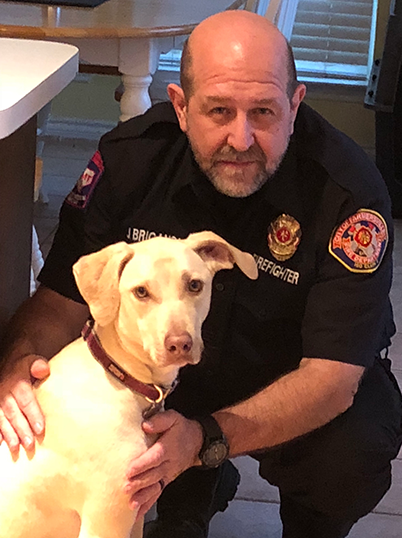 November 14, 2018
November 14, 2018
Blog, First Responder, OneTigris
Originally Posted for OneTigris
Hey OneTigris Tribe, I don’t know how many of you knew this but we’re a 500,000-person strong worldwide audience of dedicated tactical aficionados, real gear enthusiasts, and animal lovers who share a passion for the very best in great gear. To all my new friends around the world let me wish you a warm hello and a hearty welcome to this blog. I look forward to getting to know you as a result of this process so please leave me feedback in the comments section.
I’ve enjoyed hearing from a few of you in response to last month’s edition. I received the most requests for an in-depth explanation of how we stock a trauma kit for field use. This is a description of what we use in many jurisdictions within the United States. Unfortunately, the biggest new threat public safety organizations now face around the world is the mass-casualty incident. Most often brought on by an active shooter entering the area. The FBI states four or more victims in a single incident is classifiable a mass-causality incident (MCI).
It took me just over a week to plan and write this article. In that brief window of time we experienced The Tree of Life synagogue shooting in Pittsburg killing 11, and this week now ends with the 307th mass shooting of the year in the U.S., the Thousand Oaks shooting in California killing 12 people and it’s been just over a year since the Las Vegas music festival shootings that claimed 58 lives. From a medical standpoint we are currently trying to combat the loss of life in these horrific incidents by training every first responder, police officer, and firefighter in the country with enough of the basics of trauma medicine that they can stop bleeding and stabilize a trauma victim within a couple of minutes.
Most school systems are also offering training to teachers and other school officials on how to handle a mass casualty incident and reduce loss of life until the emergency services network kicks into action and engages a coordinated response to unexpected acts of violence or other tragedies requiring an immediate basic or advanced life support response.
or the instruction piece we use an evidence-based program introduced in the United States by The American College of Surgeons called “Stop The Bleed”. The program offers training for both instructors and students in trauma and bleeding control and you can access it at www.BleedingControl.org. Why recreate the wheel when they have this training broken down into a four-hour in-service and it’s free.

Let’s take a look at the tools of the trade. The personal kit we place on all of our police officers and firefighters contains the following items:
- Three pairs of gloves
- One Israeli Bandage in 4”
- Two Chest Seals
- Two C-A-T, Tourniquets
- One nasopharyngeal airway
- Hemostatic dressings (Quik Clot, Celox) These dressings are covered in a coagulant so they aid in bleeding control and when used with direct pressure and insertion into the wound can cause the bleeding to stop
- The carrying case is EVERYTHING! Everything listed fits very neatly in several of the EDC OneTigris Pouches.
- For mass-casualty incidents, you can load up the list I just handed you four times over and it all fits nicely into the OneTigris Treat Tote #5 among others and we use them as multi-trauma response bags. If you have a couple of those on each rescue or engine truck or in your personal vehicle and the EMT Pouch sized bag for the individual personal carry bag, you have enough supplies to help you hold your own for a couple of minutes until help arrives
It’s my sincere hope that you never need any of this information or training. However, in today’s world it pays to be cautious and prepared. It’s also a part of the situational awareness mindset and a tactical and practical way of life I mentioned in last month’s column. Until next month stay safe and go out and make the work a better place.
